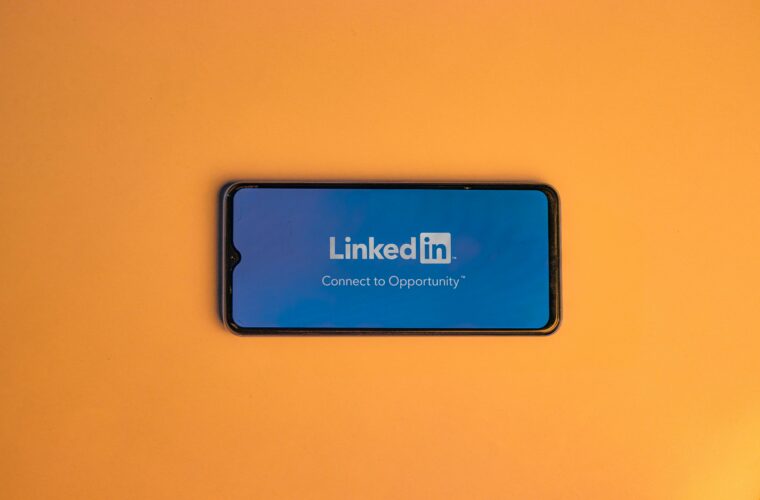In recent years, cyberattacks have become more sophisticated and widespread, posing a serious threat to individuals and businesses. Goldson malware is one of the newest and most dangerous threats on the scene. This sneaky virus is designed to infiltrate your computer and steal sensitive data, leaving you vulnerable to identity theft, financial losses, and other serious consequences. It has been known to target financial institutions, cryptocurrency exchanges, and other organizations with high-value assets. But don’t worry – there are steps you can take to protect yourself from this insidious threat. So, let’s dive in and learn how to defend ourselves against this new breed of cybercriminals.
Understanding how Goldson Malware works
Goldson Malware is sophisticated and dangerous malicious software designed to infiltrate your devices and steal sensitive information. It typically spreads through phishing campaigns, malicious attachments, and compromised websites. Recent research has uncovered that the Goldson Android malware has infiltrated the official Google Play Store by integrating a malicious component in 60 legitimate apps. These apps all utilized a third-party library, which served as the foundation for the malware.
Some of the infected apps include the following:
Pikicast
GOM Player
LIVE Score
Infinite Slice
Real-Time Score
L.POINT with L.PAY
Swipe Brick Breaker
Bounce Brick Breaker
LOTTE WORLD Magicpass
Compass 9: Smart Compass
Korea Subway Info: MetroidSomNote – Beautiful note app
GOM Audio – Music, Sync lyrics
Money Manager Expense & Budget
Therefore, it is essential to understand how this malware works so you can recognize the signs of an infection and take action to protect your digital assets. Phishing campaigns are one of the most common ways that Goldson Malware spreads. Cybercriminals send seemingly legitimate emails or messages designed to trick recipients into clicking on a malicious link or opening an infected attachment. Once the user takes the bait, the malware is silently installed on their device, allowing the attacker to gain unauthorized access. In some cases, Goldson Malware may also be spread through malicious advertisements or compromised software updates.
Unfortunately, the malware can also gather data from installed apps and connected devices via Bluetooth and Wi-Fi. It can even track user locations and engage in background ad fraud without user detection. Despite the security measures of Android 11 and above, approximately 10% of infected apps on these versions were still vulnerable to data theft by Goldson, which happened recently. McAfee alerted Google and app developers, leading to the prompt removal of the malicious library from the affected apps and the removal of apps that couldn’t remove the library from the Play Store.
Goldson Malware is particularly stealthy, often operating without noticeable signs or symptoms. Once the malware has infiltrated a device, it goes to work, collecting sensitive information such as login credentials, financial data, personal details, and more. It may also employ various techniques to avoid detection by antivirus software, making it difficult to remove from an infected system. This ability to operate in the shadows is part of what makes Goldson Malware such a significant threat to your digital assets.
Signs that your system has been infected
Recognizing the signs of a Goldson Malware infection can be challenging, as the malware is designed to operate covertly. However, there are some indicators that you can watch for to help identify a possible compromise. If you notice any of these signs, you must take action immediately to protect your digital assets.

One of the most common signs of a Goldson Malware infection is unexpected or unauthorized changes to your accounts or files. This may include creating new accounts, changing passwords, or occurring unauthorized transactions. Additionally, you may notice unusual activity on your device, such as programs running slowly, frequent crashes, or excessive pop-up ads.
Another sign that your system may be infected with Goldson Malware has increased spam or phishing emails. The malware often uses your email account to send malicious messages to your contacts, spreading the infection further. If you notice a sudden uptick in spam or phishing emails, it could indicate that your device has been compromised.
Lastly, your antivirus software may detect the presence of Goldson Malware on your device. While the malware is designed to evade detection, some antivirus programs may still be able to identify it. If your antivirus software alerts you to a potential threat, it is crucial to take it seriously and follow the recommended steps to remove the malware from your system.
The Impact of Goldson Malware on your digital assets
The consequences of a Goldson Malware infection can be severe and far-reaching. The primary goal of this malicious software is to steal sensitive information, which can have significant implications for individuals and businesses.
For individuals, the theft of personal data such as login credentials, financial information, and personal details can lead to identity theft, unauthorized transactions, and extortion. This can result in significant financial losses, damaged credit, and the potential for long-lasting repercussions.
For businesses, the impact of Goldson Malware can be even more devastating. The theft of sensitive company data, customer information, and intellectual property can lead to significant financial losses, reputational damage, and even legal repercussions. In some cases, the malware may also be used to launch targeted attacks against a company’s network, leading to system downtime, lost productivity, and additional costs to remediate the damage.
How to prevent and protect against Goldson Malware
While the threat posed by Goldson Malware is significant, there are steps you can take to protect your digital assets and prevent infection. Following these best practices can significantly reduce your risk of falling victim to this dangerous malware.
Keep your software up-to-date: Regularly updating your operating system, applications, and antivirus software is crucial in protecting against Goldson Malware and other threats. Cybercriminals often exploit known vulnerabilities in outdated software, so installing updates and patches as soon as they become available is essential.
Use strong, unique passwords: Using strong, unique passwords for all your accounts can help prevent unauthorized access if your login credentials are compromised. Avoid using easily guessable passwords or reusing the same password across multiple accounts. Consider using a password manager to help you generate and store secure passwords.
Enable two-factor authentication (2FA): Enabling 2FA on your accounts adds an extra layer of security, making it more difficult for cybercriminals to gain unauthorized access. Whenever possible, opt for app-based or hardware-based 2FA rather than SMS-based 2FA, as the latter can be more easily intercepted.
Be cautious with email attachments and links: One of the most common ways Goldson Malware spreads is through phishing campaigns. Be cautious when opening email attachments or clicking links, even if they appear from a trusted source. Always verify the sender’s email address and be wary of unsolicited emails requesting sensitive information or urging you to take immediate action.
Use reputable antivirus software: While Goldson Malware is designed to evade detection, reputable antivirus software can help protect your devices from a wide range of threats. Regularly scan your devices for malware and ensure your antivirus software is up-to-date.
Regularly back up your data: In the event that your digital assets are compromised, having a recent backup can minimize the damage and help you recover more quickly. Regularly back up your data to a secure, offsite location, and test your backups periodically to ensure they can be restored.
And always remember, being proactive in safeguarding your digital assets is the best defence against Goldson Malware and other cyber threats. Stay vigilant, stay informed, and stay protected.



